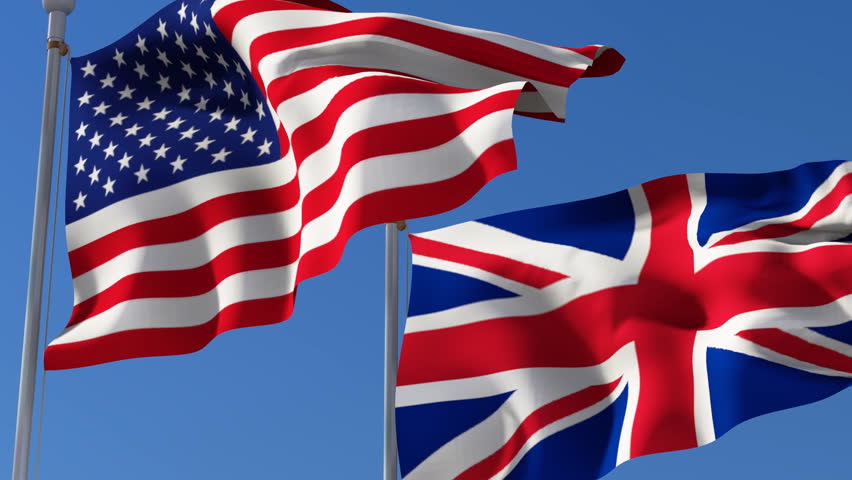
With the country gearing up for Tim Peake’s mission to the International Space Station in December, the UK’s space sector is an exciting place to be. In order to capitalise on both the government’s investment and our national enthusiasm, the space sector needs to identify demand in new domestic and overseas markets.
Prime Minister Narendra Modi’s visit to the UK highlights just such an example. Since Modi arrived in the UK, Britain and India have welcomed more than £9 billion in commercial deals. With India set to be the fastest growing economy in 2015, now is a great chance for UK industry to strengthen its links with India.
The UK Space Agency aims to grow the UK’s share of the world’s space economy from 6.5% to 10% by 2030. According to the Space Innovation and Growth Strategy by current estimates this would be worth £40 billion per annum of space-enabled turnover and the creation of 100,000 new jobs.
To achieve 10% of the global space market by 2010 the UK needs to capture new overseas opportunities and grow the export market from £2 billion to £25 billion per annum.
The UK does have a history of collaboration with the Indian space sector. On 28 September 2015 India successfully launched a mini Hubble-type space observatory, known as AstroSat. Whilst India largely prioritised domestic components and technologies over expensive imports, the University of Leicester was a key collaborator for the telescope used on board. With over 300 aluminium mirrors, requiring exact calibration, the UK’s high-tech, high-skilled sector had significant expertise to share.
The Indian Space Research Organisation’s vision for the future is twofold, to both harness space technology for national development while pursuing space science research and planetary exploration. This is an excellent opportunity for the UK’s industry which has a global reputation for strength in advanced engineering. The UK space sector should look to continue to work with India to create new and unexplored opportunities.





